Study-Corner Lighting: Essential Tips for Protecting Your Child's Eye Health
Table Of Contents
- Understanding Eye Strain in Children
- The Importance of Proper Study Lighting
- Essential Lighting Elements for a Healthy Study Corner
- Positioning and Setup Tips for Eye-Friendly Lighting
- Best Types of Lighting for Study Areas
- Creating a Complete Eye-Friendly Study Setup
- Additional Tips to Protect Young Eyes During Study Time
- Conclusion: Investing in Your Child's Eye Health
As parents, we're constantly looking for ways to support our children's education and development. While we often focus on providing the right books, technology, and educational resources, one crucial aspect frequently overlooked is proper study-corner lighting. Inadequate lighting doesn't just make reading difficult—it can potentially harm your child's developing vision.
Children's eyes are particularly vulnerable to strain and fatigue as they spend increasing hours studying, reading, and using digital devices. Research shows that poor lighting conditions can contribute to eye strain, headaches, and may even accelerate the development of myopia (nearsightedness) in young children.
In this comprehensive guide, we'll explore how to create the optimal lighting environment for your child's study corner. From understanding the science behind eye strain to selecting the right lighting fixtures and positioning them correctly, you'll discover practical solutions that protect your child's vision while enhancing their study experience.
Understanding Eye Strain in Children
Children's visual systems are still developing, making them more susceptible to the effects of poor lighting conditions. Unlike adults, children may not recognize or communicate when they're experiencing eye discomfort, making it essential for parents to be proactive about creating eye-friendly study environments.
Eye strain, technically known as asthenopia, occurs when eyes become fatigued from intense use. For children engaged in studying, reading, or screen time, this can manifest as:
- Headaches or pain around the eyes
- Blurred or double vision
- Increased sensitivity to light
- Difficulty concentrating
- Excessive blinking or eye rubbing
- Shoulder and neck tension
Research from the Singapore Eye Research Institute suggests that prolonged near-work activities in inadequate lighting can increase the risk of myopia progression in children. With Singapore having one of the highest myopia rates globally, creating proper study environments becomes even more critical for local families.
The Importance of Proper Study Lighting
Proper lighting does more than just illuminate your child's homework—it creates an environment that supports visual comfort, enhances concentration, and protects developing eyes. Here's why investing in quality study lighting matters:
Reduces Eye Strain and Fatigue
When lighting is insufficient or poorly positioned, children's eyes must work harder to focus. This extra effort can lead to faster eye fatigue, making studying more difficult and potentially uncomfortable. Proper lighting reduces this strain, allowing for longer, more comfortable study sessions.
Improves Focus and Concentration
Optimal lighting helps maintain alertness and concentration. Studies show that appropriate lighting can improve reading speed and comprehension while reducing errors. For children trying to master new concepts, this lighting advantage can make a significant difference in learning outcomes.
Supports Healthy Sleep Patterns
Exposure to the right type of lighting during the day and minimizing blue light exposure in the evening helps maintain healthy circadian rhythms. This promotes better sleep quality, which is essential for memory consolidation and overall cognitive function in growing children.
Essential Lighting Elements for a Healthy Study Corner
Creating an eye-friendly study environment involves understanding several key lighting principles:
Balanced Lighting Distribution
A well-designed study area should have balanced lighting that eliminates harsh shadows and reduces contrast between bright and dark areas. This balance typically comes from combining ambient (general room) lighting with task-specific lighting directly at the study area.
The right desk lamp paired with appropriate room lighting creates this balanced environment. At Loft Home, we recommend layering light sources rather than relying on a single bright light, which can create glare and uneven illumination.
Appropriate Brightness Levels
The brightness of study lighting should be sufficient without being excessive. For reading and writing tasks, lighting professionals recommend between 300-500 lux (a measurement of light intensity). Study areas for detailed work may benefit from even higher levels, around 500-800 lux.
Modern LED desk lamps often feature adjustable brightness settings, allowing you to customize the light level based on the specific task and time of day. This flexibility is particularly valuable as lighting needs may change depending on natural light availability and the type of schoolwork.
Color Temperature Considerations
Color temperature, measured in Kelvins (K), greatly influences how light affects both vision and alertness. For study areas, experts recommend:
- Cool white light (4000-5000K): Ideal for studying, reading, and concentration tasks during the day
- Neutral white light (3000-4000K): Good for general study activities and versatile enough for most purposes
- Warm white light (2700-3000K): Better for evening study sessions as it contains less blue light, which can interfere with sleep when used before bedtime
Many quality study lamps now offer adjustable color temperature features, allowing you to transition from energizing cool light during peak study hours to more relaxing warm light as evening approaches.
Positioning and Setup Tips for Eye-Friendly Lighting
Even the highest quality lighting fixtures won't protect your child's eyes if positioned incorrectly. Here's how to optimize the placement of your study lighting:
Desk Lamp Placement
Position the desk lamp on the opposite side of your child's dominant hand to prevent casting shadows while writing. For right-handed children, place the lamp on the left side of the desk, and vice versa for left-handed children.
The ideal desk lamp should have an adjustable arm and head, allowing you to direct light precisely where needed without creating glare on books, papers, or screens. The light source should be positioned higher than the child's head but angled down toward the work area.
Distance and Height Considerations
A properly positioned desk lamp should be approximately 35-40 cm from the study material and about 40-50 cm above the desk surface. This placement provides adequate illumination without causing glare or requiring the child to sit in uncomfortable positions to avoid shadows.
When setting up the study table, ensure it's positioned to make the most of available natural light during daytime hours, while avoiding direct sunlight that can cause glare and excessive contrast.
Eliminating Glare and Reflections
Glare occurs when light reflects directly into the eyes, causing visual discomfort and reducing visibility. To minimize glare:
- Position screens and monitors perpendicular to windows rather than directly in front or behind them
- Use matte finishes on study room furniture rather than glossy surfaces that reflect light
- Consider using desk lamps with diffusers or shades that soften and evenly distribute light
- Adjust blinds or curtains to control natural light and prevent harsh sun glare
Best Types of Lighting for Study Areas
With numerous lighting options available, selecting the right type for your child's study corner can seem overwhelming. Here's a breakdown of the most effective options:
LED Desk Lamps
LED lighting has become the gold standard for study areas due to its energy efficiency, long lifespan, and superior light quality. Modern LED desk lamps offer several advantages:
They produce minimal heat, making them safe for long study sessions. Many feature adjustable brightness and color temperature settings to accommodate different tasks and times of day. Premium LED lamps also offer flicker-free operation, which is crucial for reducing eye fatigue during extended study periods.
When selecting an LED desk lamp, look for models with CRI (Color Rendering Index) ratings of 90 or higher, which provide more accurate color representation—particularly important for art projects or design homework.
Clip-On and Adjustable Options
For smaller study spaces or versatile lighting needs, clip-on lamps offer excellent flexibility. These can be attached directly to shelving, headboards, or the edge of a desk, providing targeted illumination without requiring additional desk space.
Adjustable arm lamps are another excellent option, allowing precise positioning of light exactly where needed. These work particularly well with our adjustable height study tables, adapting as your child grows or as their study needs change.
Complementary Ceiling and Wall Lighting
While task lighting is essential for direct illumination of study materials, appropriate ambient lighting completes a healthy visual environment. Consider installing ceiling fixtures with diffuse lighting that evenly illuminates the entire study area without creating harsh shadows.
Wall-mounted sconces or shelf lights can provide additional ambient lighting while saving desk space. These are particularly effective when positioned to illuminate reference materials or bookshelves adjacent to the primary study area.
Creating a Complete Eye-Friendly Study Setup
Proper lighting works best as part of a holistically designed study environment. Here's how to integrate lighting with other eye-friendly elements:
Ergonomic Furniture Selection
The relationship between posture and eye strain is significant. An ergonomic setup helps maintain the optimal distance between eyes and study materials (approximately 30-40 cm). Consider these elements:
Height-appropriate study tables that keep materials at the correct level relative to your child's eyes. Ergonomic chairs that support proper posture, preventing children from hunching over or sitting too close to their work. Bookshelves and storage solutions that keep frequently used items within easy reach, reducing eye strain from constantly refocusing at different distances.
Color and Surface Considerations
The colors and finishes of study furniture impact how light is reflected in the space. Medium tones (neither too dark nor too bright) are ideal for study surfaces, as they reduce contrast while providing sufficient reflection for comfortable reading.
At Loft Home, our study room collections feature carefully selected finishes that balance aesthetic appeal with visual comfort. Matte or satin finishes reduce problematic glare while still providing a sophisticated look that grows with your child.
Technology Integration
Modern study corners often incorporate digital devices. To protect young eyes when using screens:
Position screens so the top is at or slightly below eye level. Consider furniture with integrated cable management to keep devices at optimal viewing distances. For extensive computer use, invest in a monitor arm that allows precise positioning to maintain the recommended 50-70 cm viewing distance.
Our storage tables and study desks with cable management features help create organized, eye-friendly workstations that accommodate both traditional and digital learning materials.
Additional Tips to Protect Young Eyes During Study Time
Beyond lighting and furniture selection, these practices can further protect your child's visual health:
The 20-20-20 Rule
Encourage your child to follow the 20-20-20 rule during study sessions: every 20 minutes, look at something 20 feet away for at least 20 seconds. This simple practice reduces eye fatigue by giving eye muscles a chance to relax from prolonged near focus.
Setting up the study area near a window with a distant view can make this practice easier to implement. If that's not possible, consider placing a wall art piece across the room that can serve as a pleasant focal point for eye breaks.
Regular Lighting Maintenance
Even the best lighting setup requires maintenance to remain effective:
- Clean lamp shades and bulbs regularly, as dust can reduce light output by up to 30%
- Replace flickering bulbs immediately, as they can cause significant eye strain
- Check light positioning periodically, especially as seasons change and natural light patterns shift
- Consider upgrading lighting as your child ages and study requirements become more demanding
Balancing Screen Time
In today's digital learning environment, screen time is inevitable, but can be managed to protect vision:
Use device settings or apps that reduce blue light emission, particularly in the evening hours. Encourage proper screen brightness—neither too dim (causing squinting) nor too bright (causing glare). Consider blue light filtering glasses for children who spend significant time on digital devices.
Conclusion: Investing in Your Child's Eye Health
Creating an eye-friendly study corner is an investment in your child's long-term visual health and academic success. By implementing proper lighting, ergonomic furniture, and healthy study habits, you're providing an environment where your child can learn comfortably and efficiently while protecting their developing vision.
Remember that children's needs evolve as they grow. What works perfectly for a primary school student may need adjustment for secondary school or pre-university studies. Regularly reassess your child's study environment, paying particular attention to lighting as their academic demands increase.
At Loft Home Furniture, we understand the importance of creating functional, health-supporting spaces for Singapore's families. Our collection of study furniture, lighting solutions, and room accessories is designed to grow with your child while supporting their well-being at every stage of development.
By making informed choices about study-corner lighting today, you're helping to ensure your child can enjoy clear, comfortable vision for years to come—allowing them to focus on what really matters: learning, discovering, and growing into their full potential.
Ready to create the perfect eye-friendly study corner for your child? Explore our complete range of study room furniture, lighting solutions, and accessories at Loft Home Furniture. Visit our showroom at Gambas Crescent to experience our quality products firsthand, or shop online with free delivery on orders over $300. Your child's perfect study environment is just a click away!
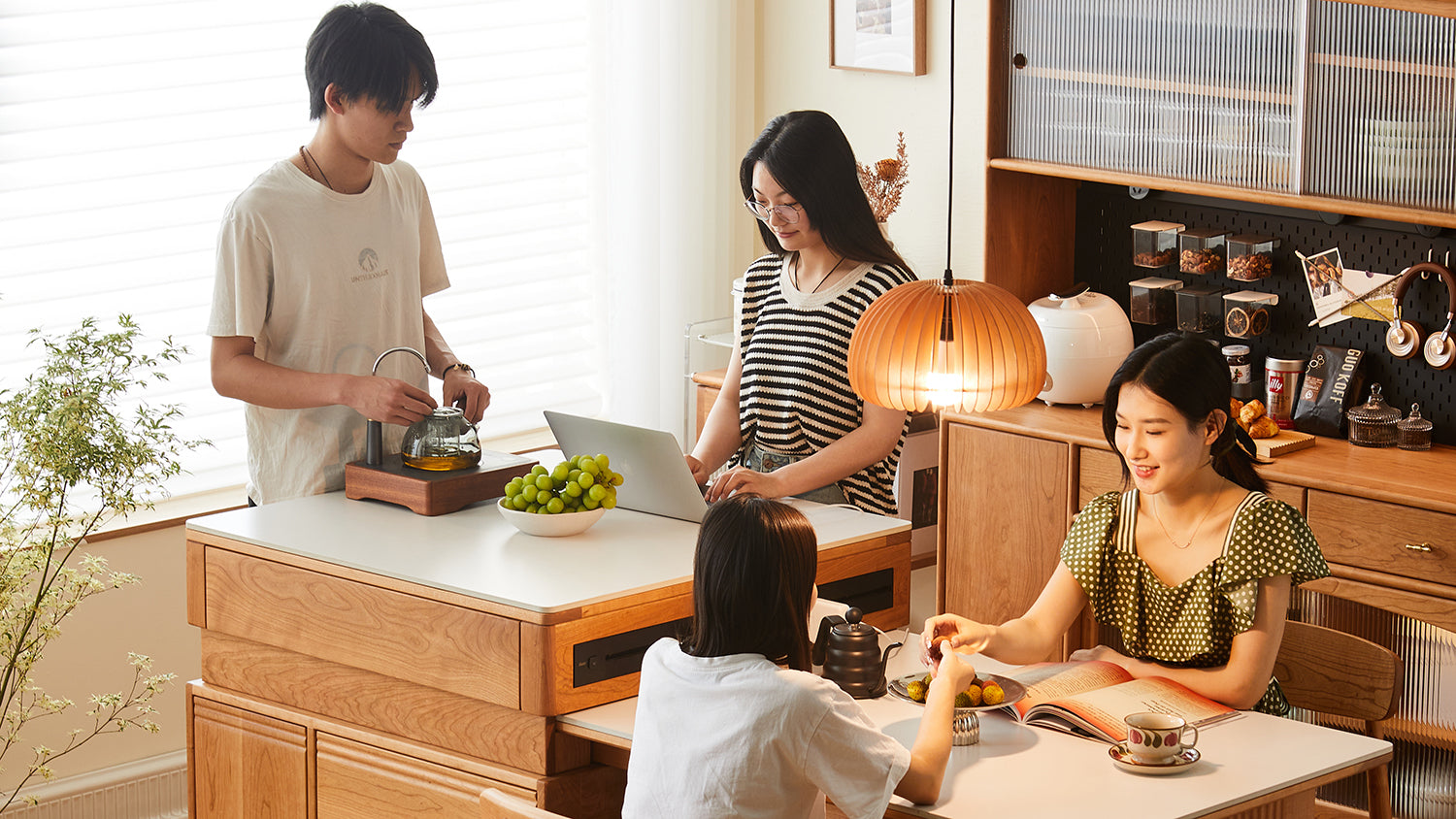

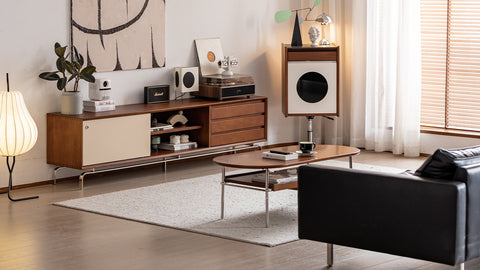

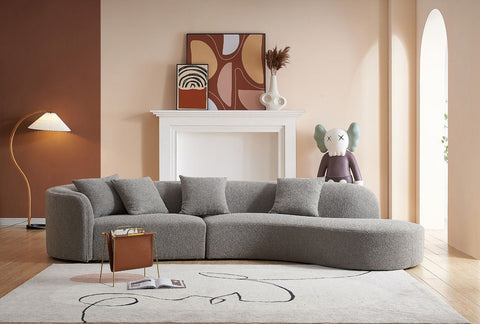
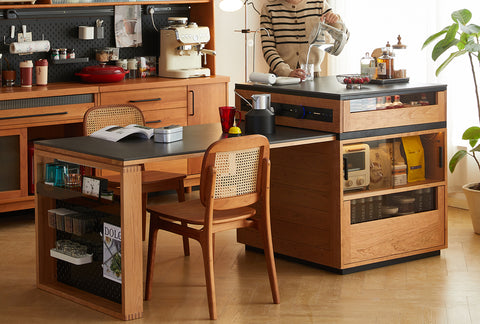
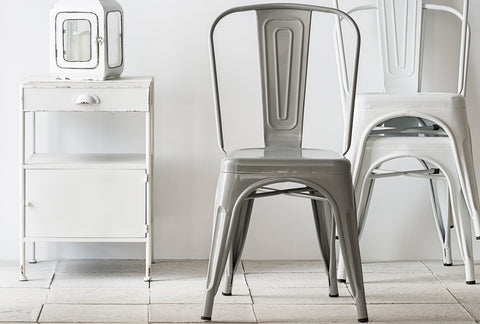
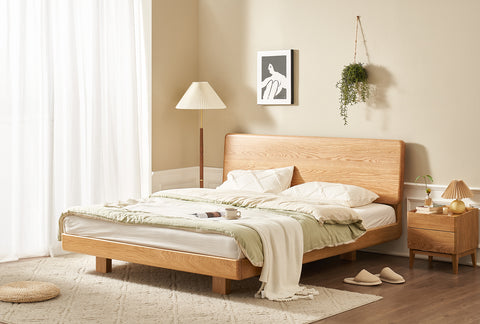





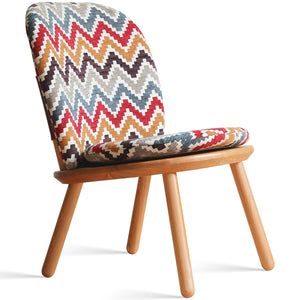
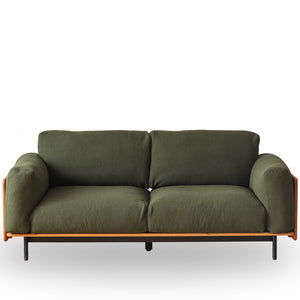
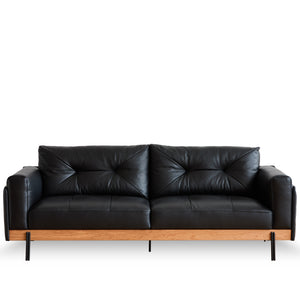
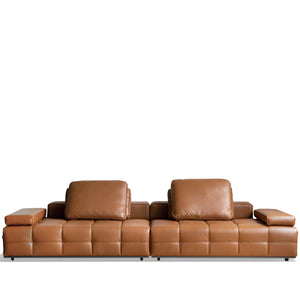
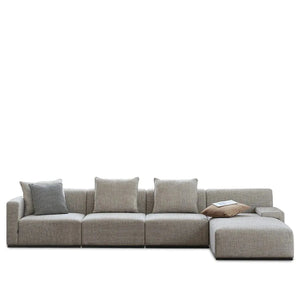
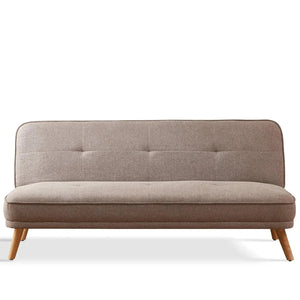
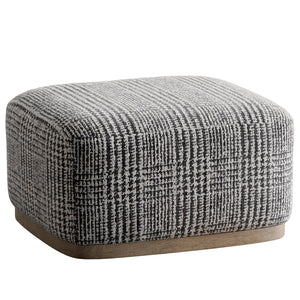

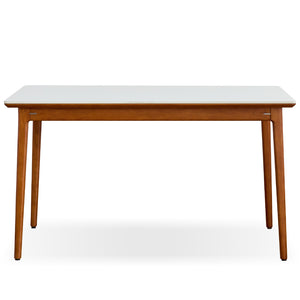
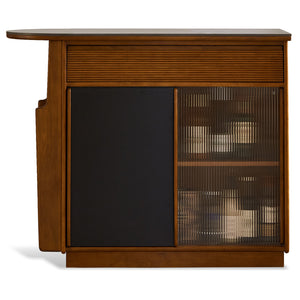
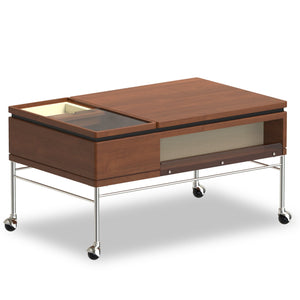
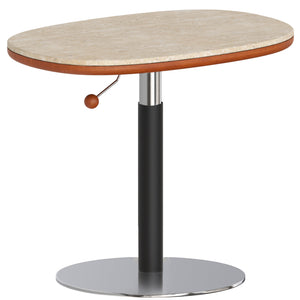
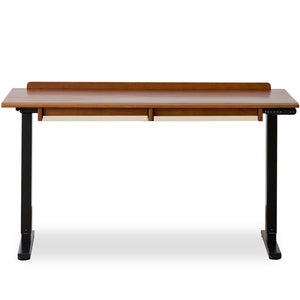
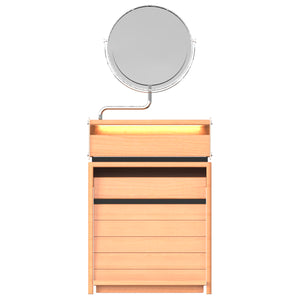
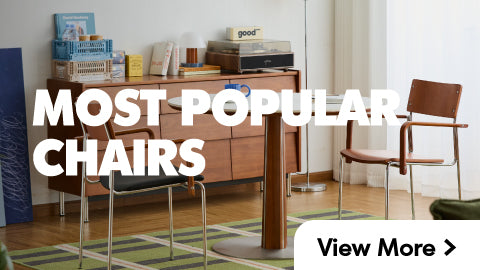
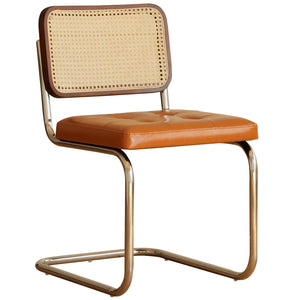
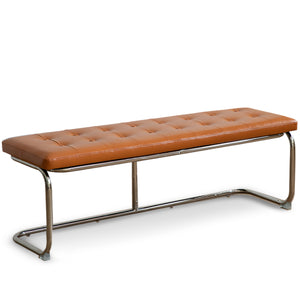
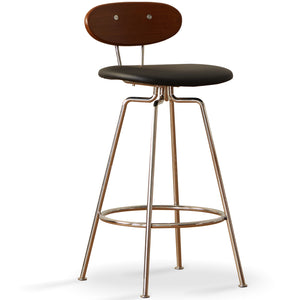

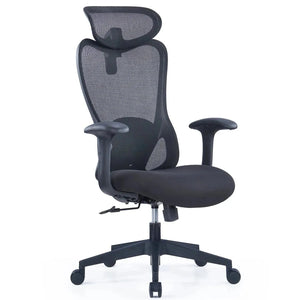

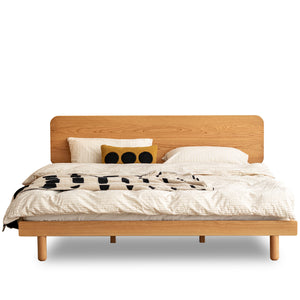
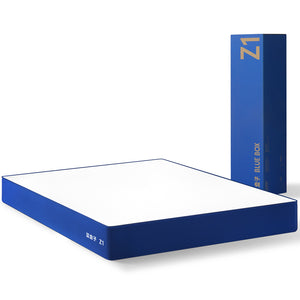

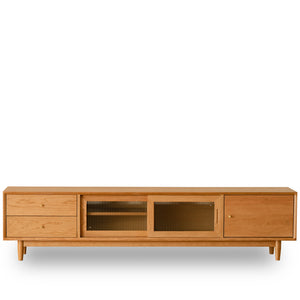
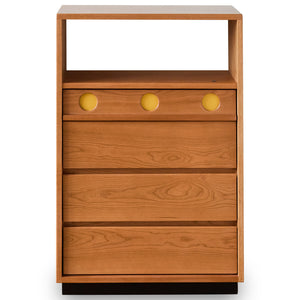
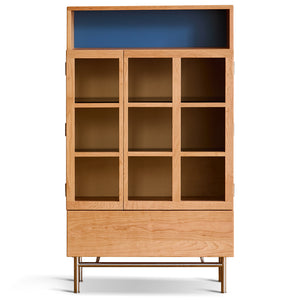
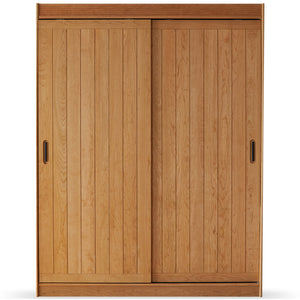
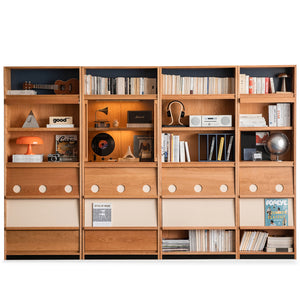

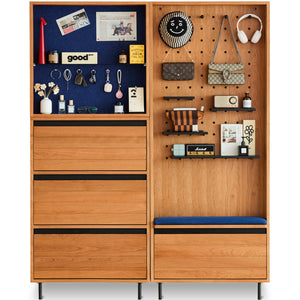
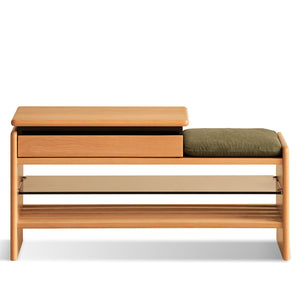
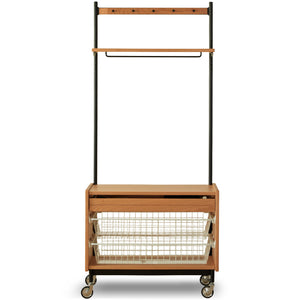
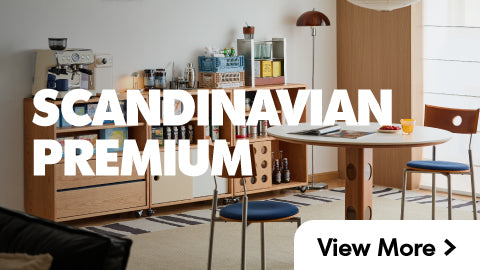





















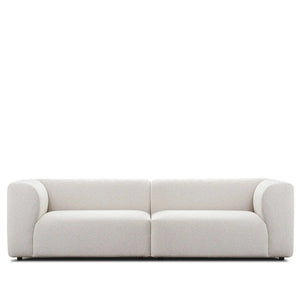




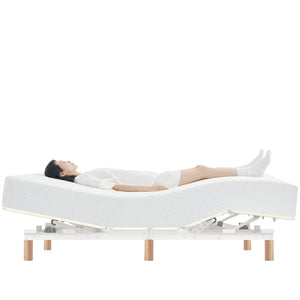
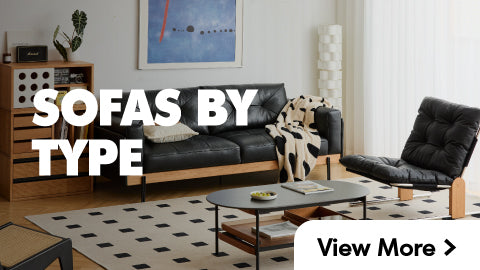
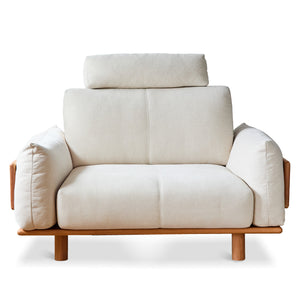

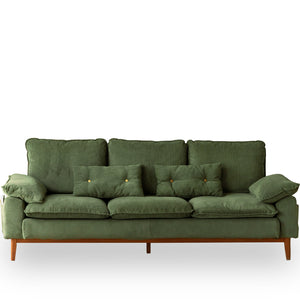
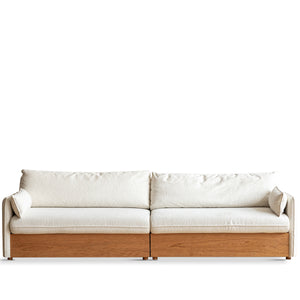
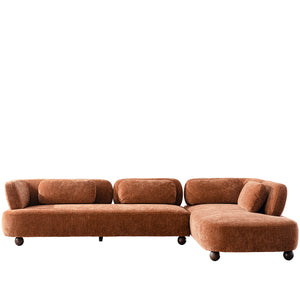
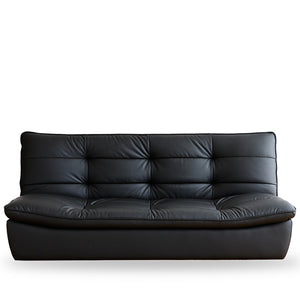
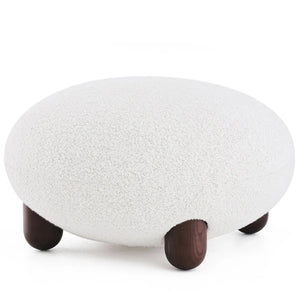
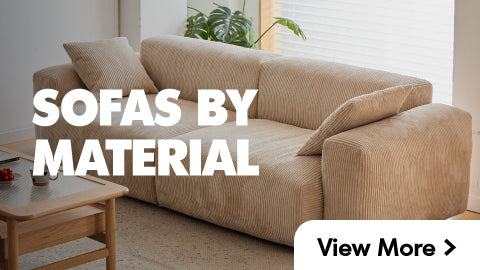
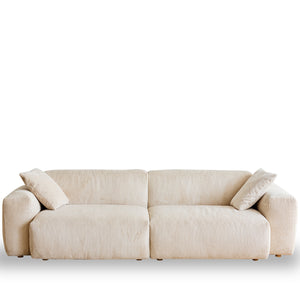
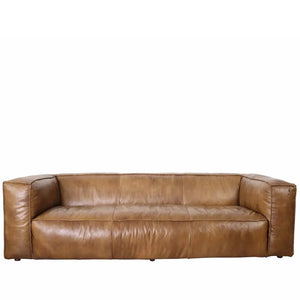
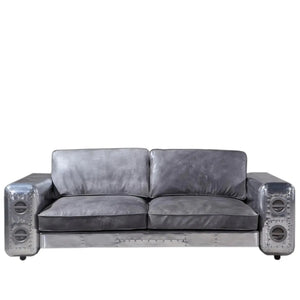
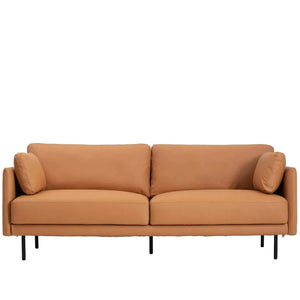
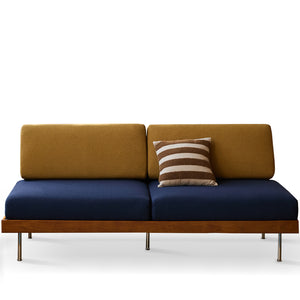
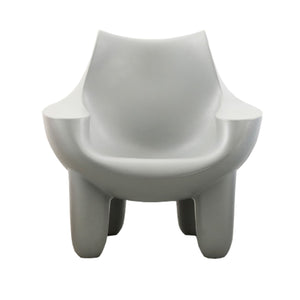


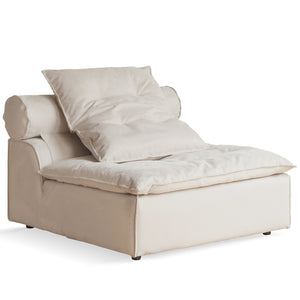

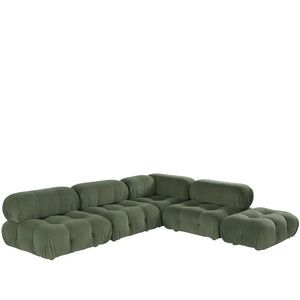
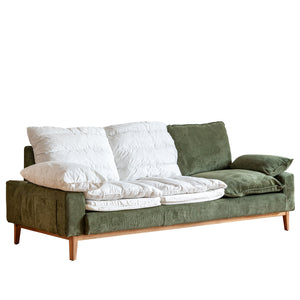
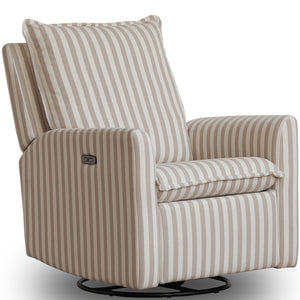

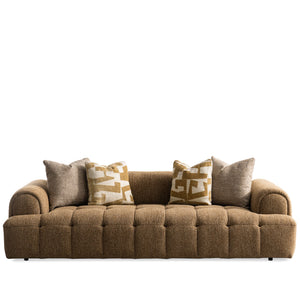

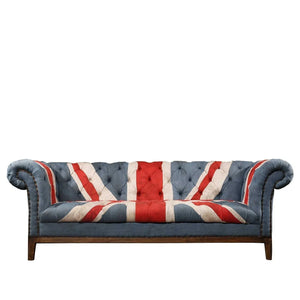
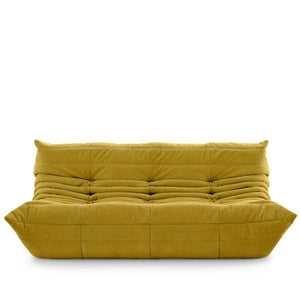
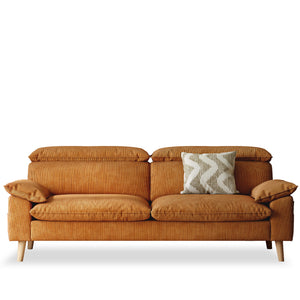
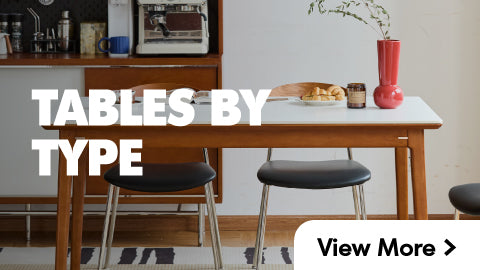
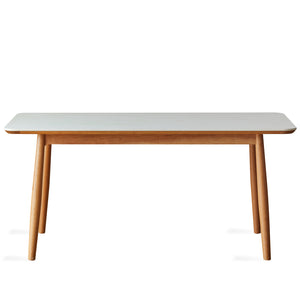
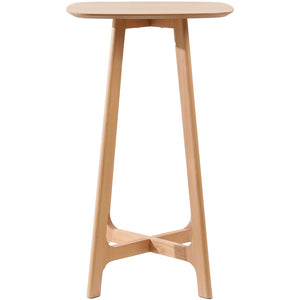
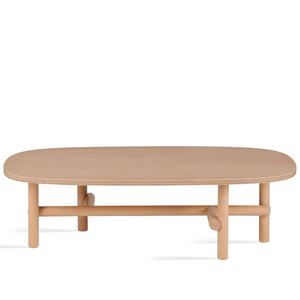
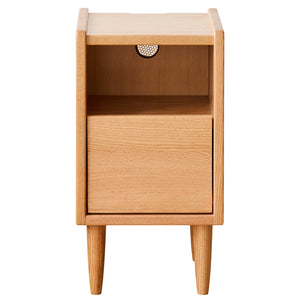
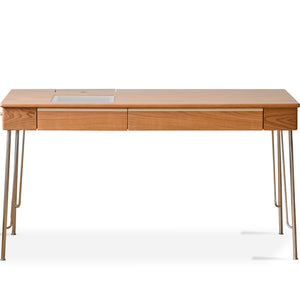
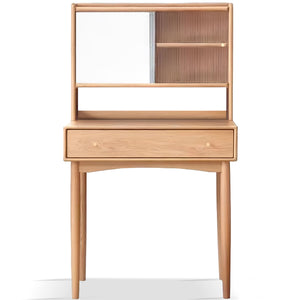

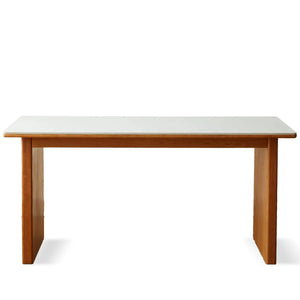
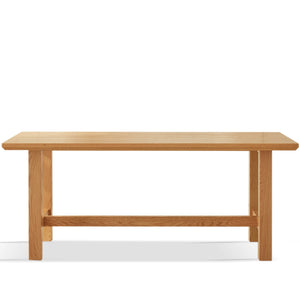
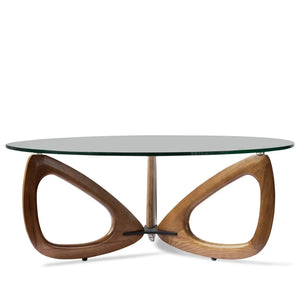
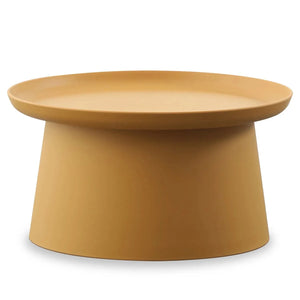

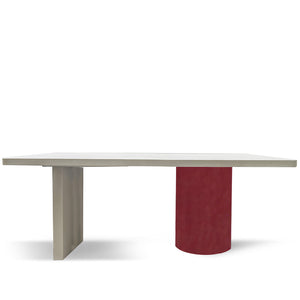

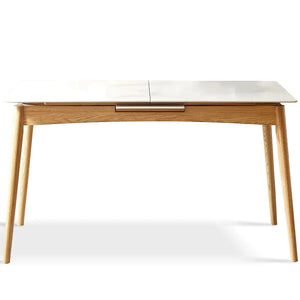
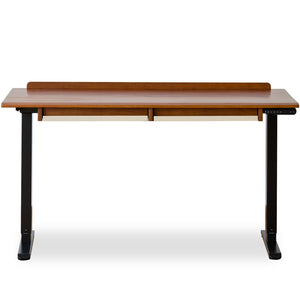
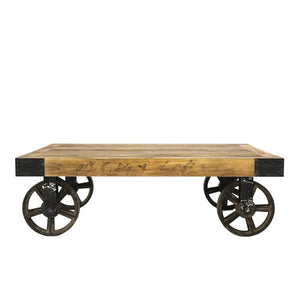

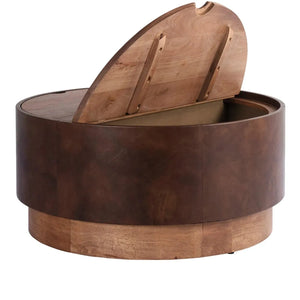

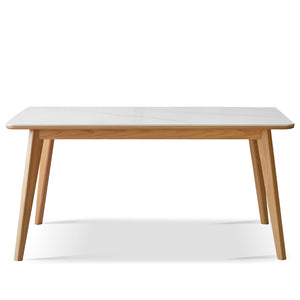

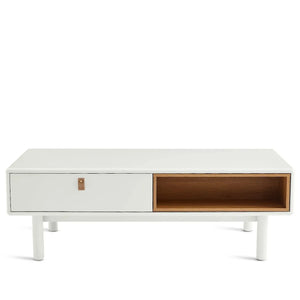
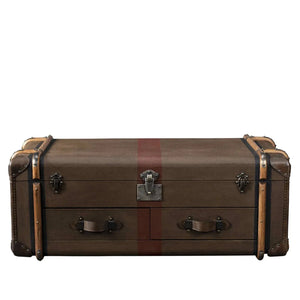
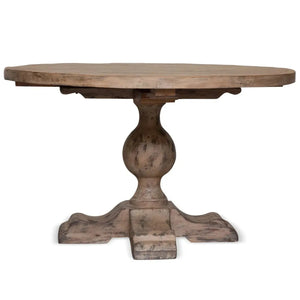
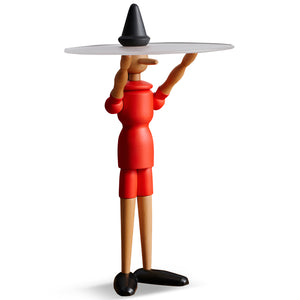
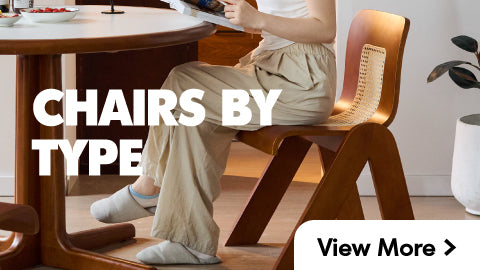
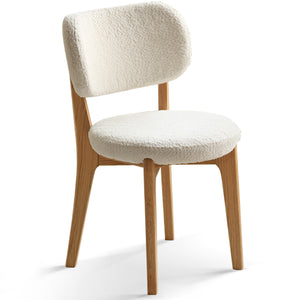
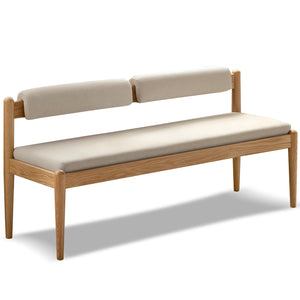
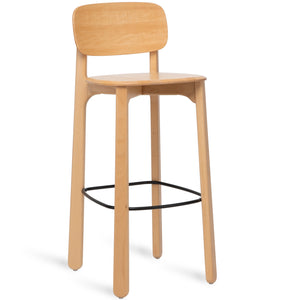
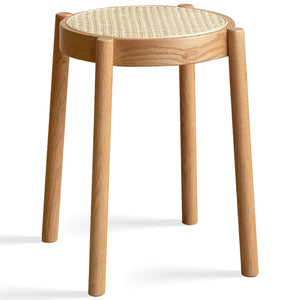
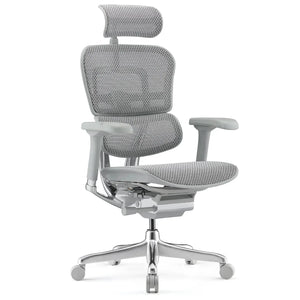
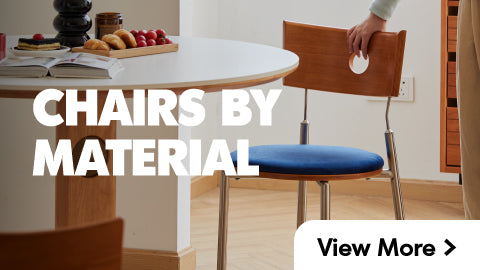
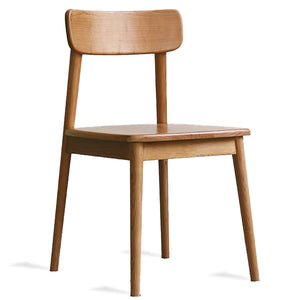
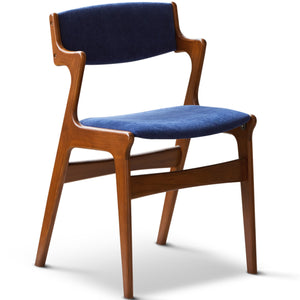
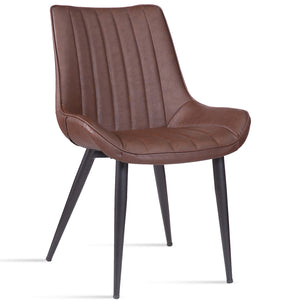
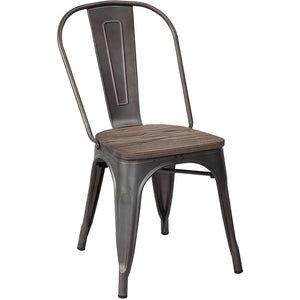
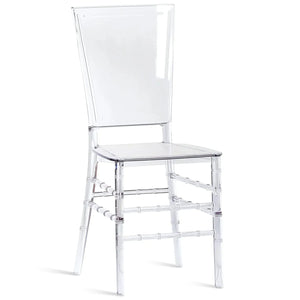
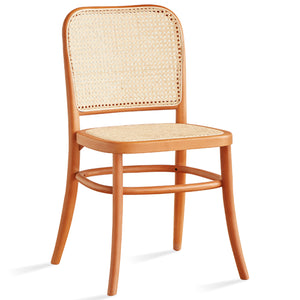
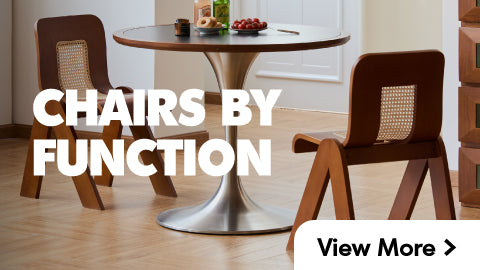
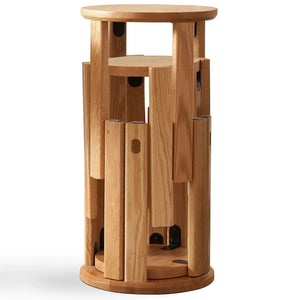

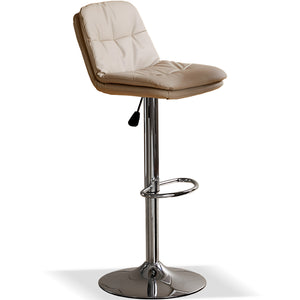
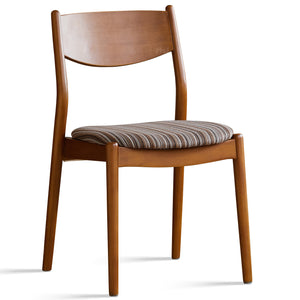
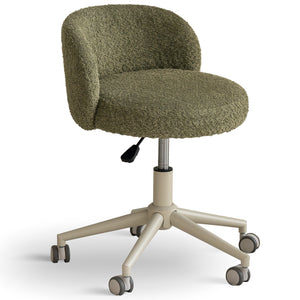
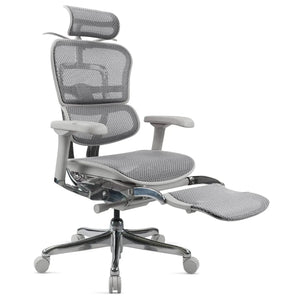

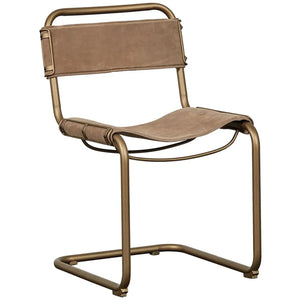
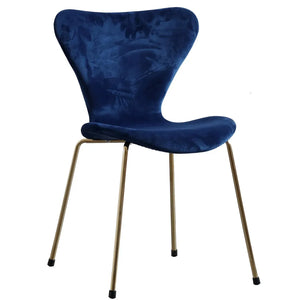
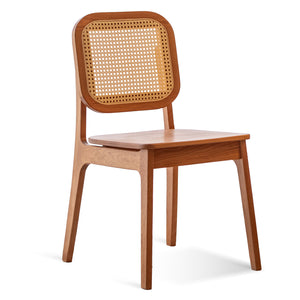
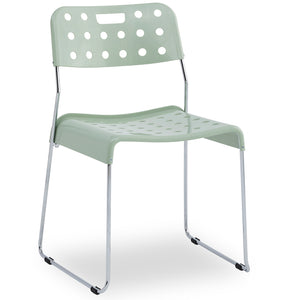
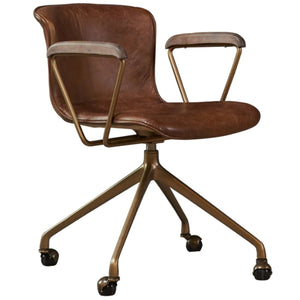

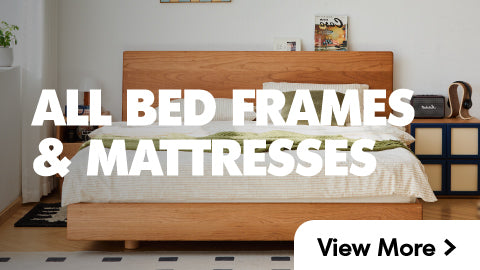
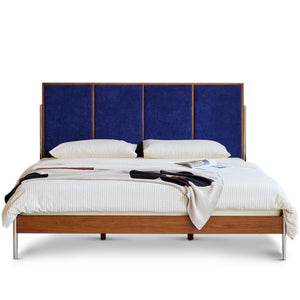
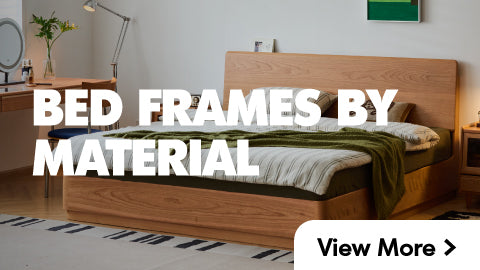
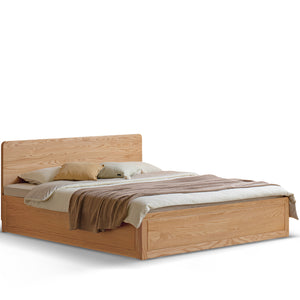
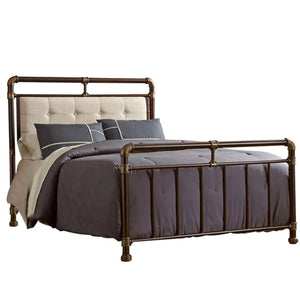
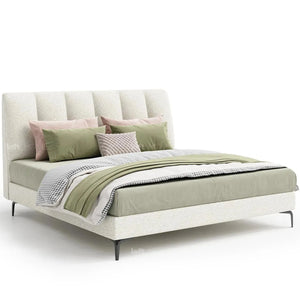
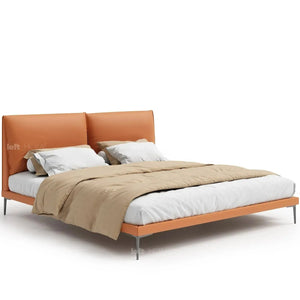
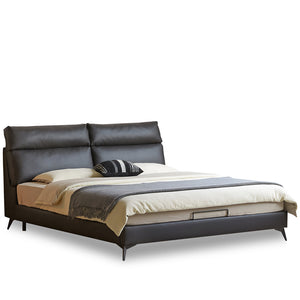
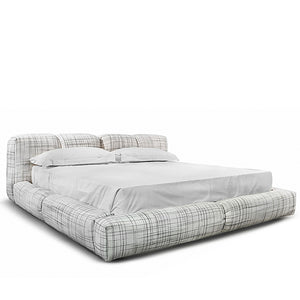
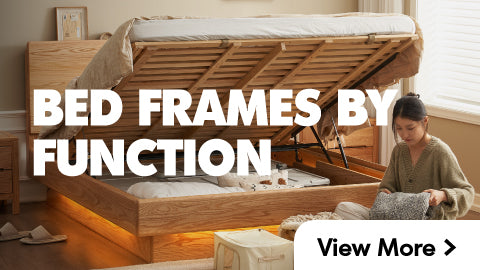
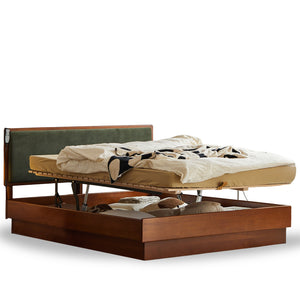


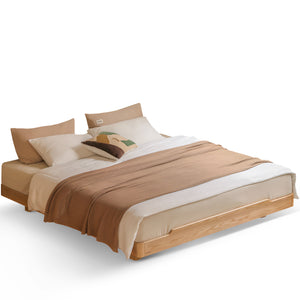
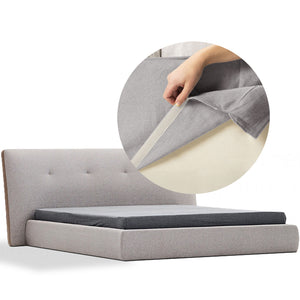
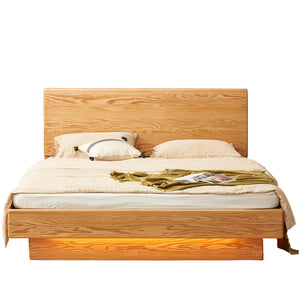
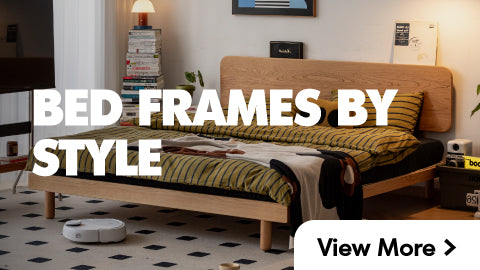
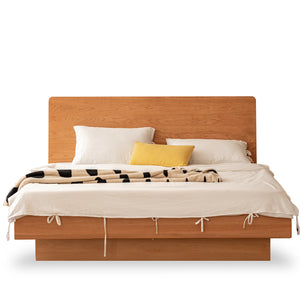
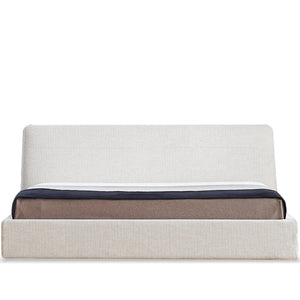
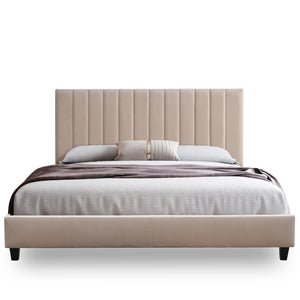
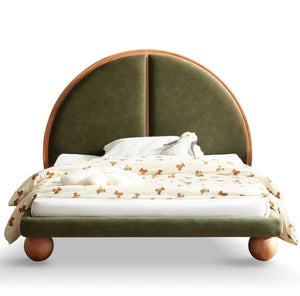
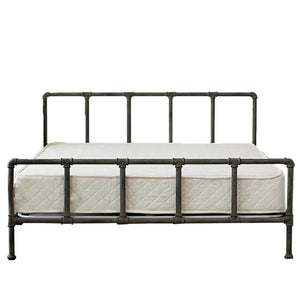
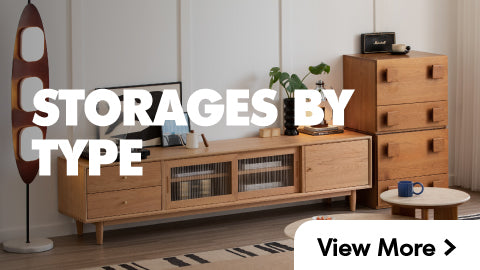
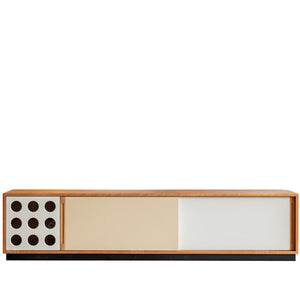

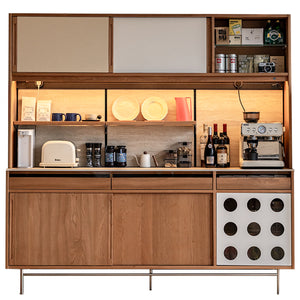
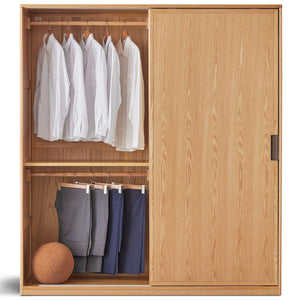
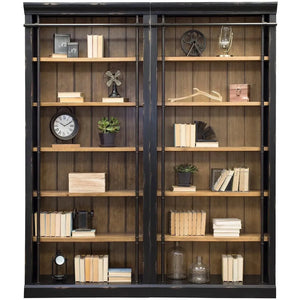
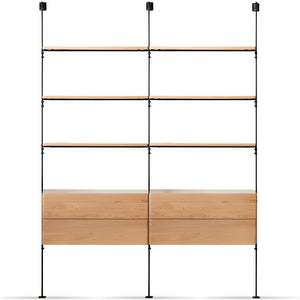
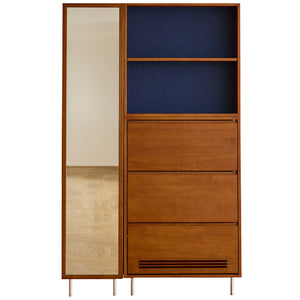
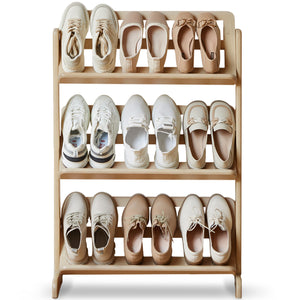
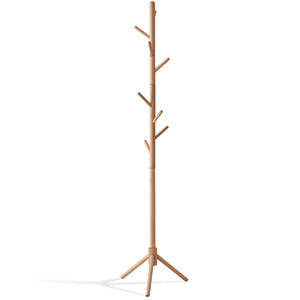

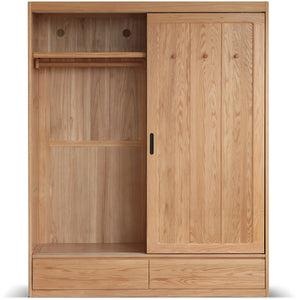
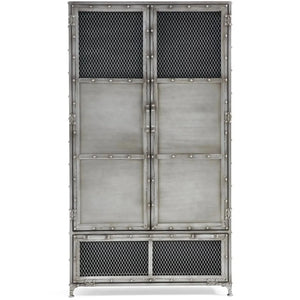
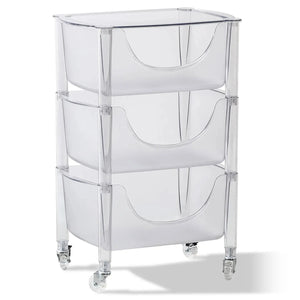
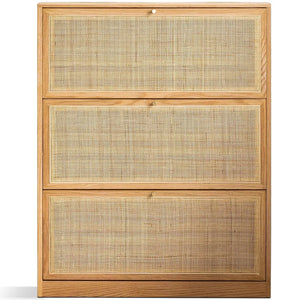
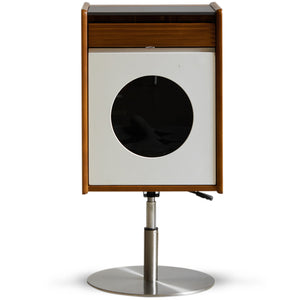
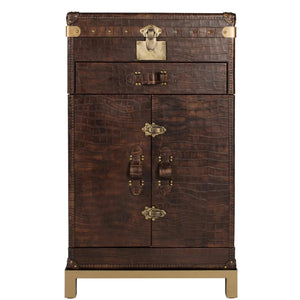

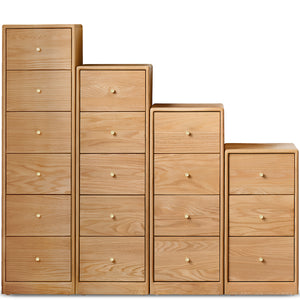
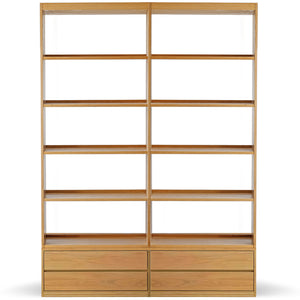
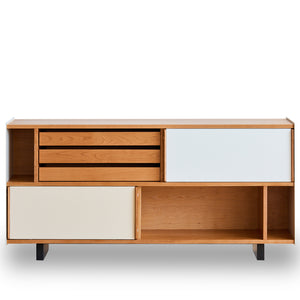
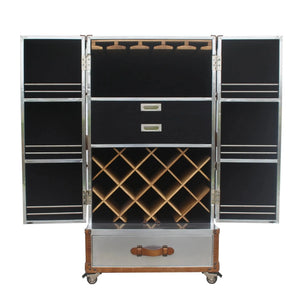
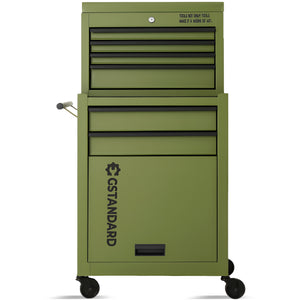

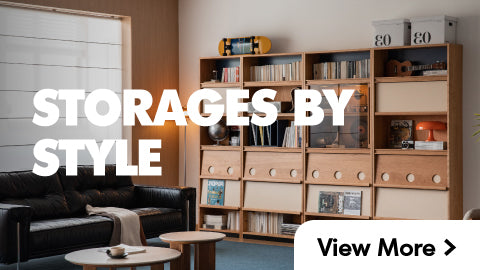
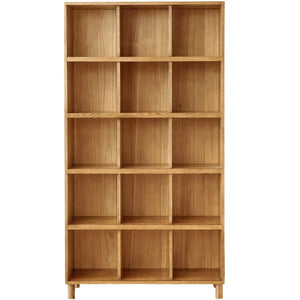

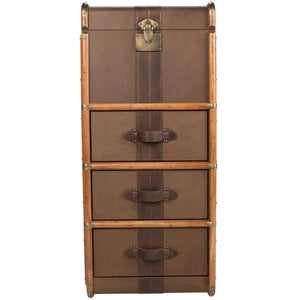
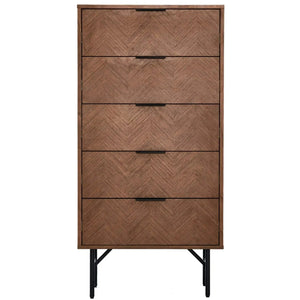

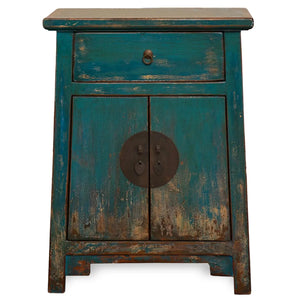


























































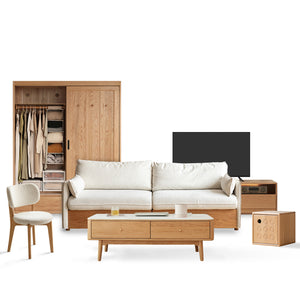
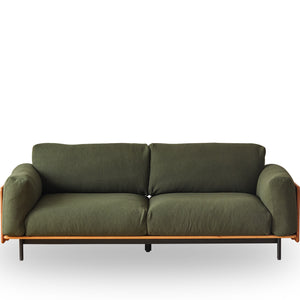
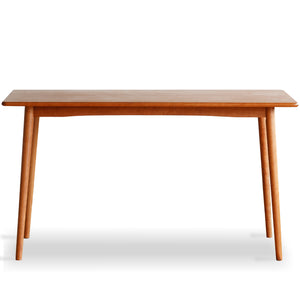
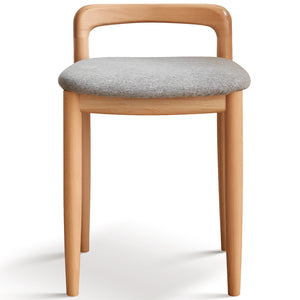
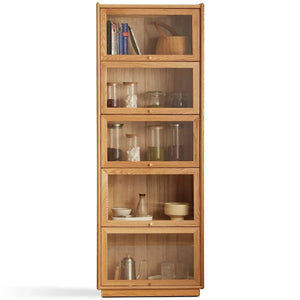



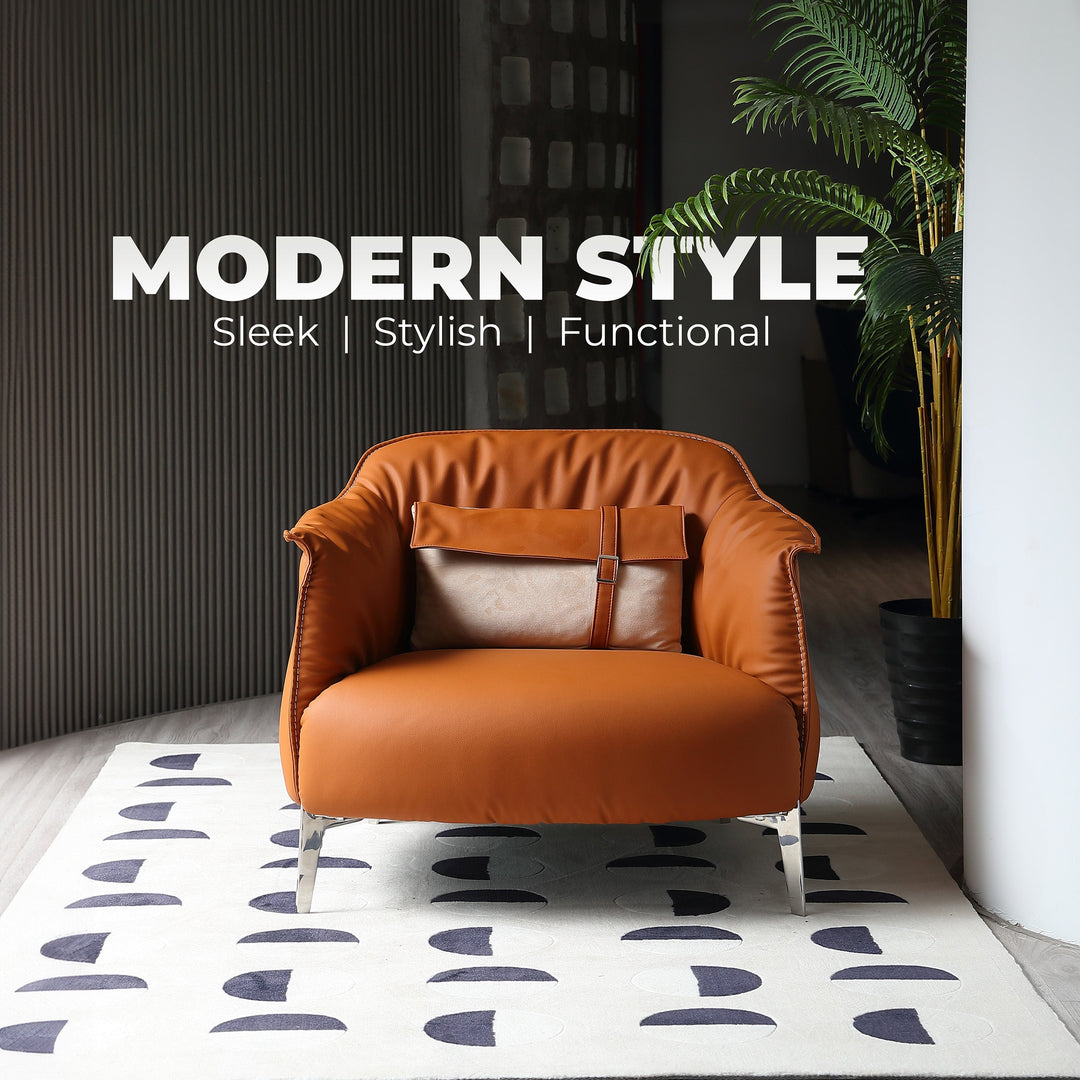
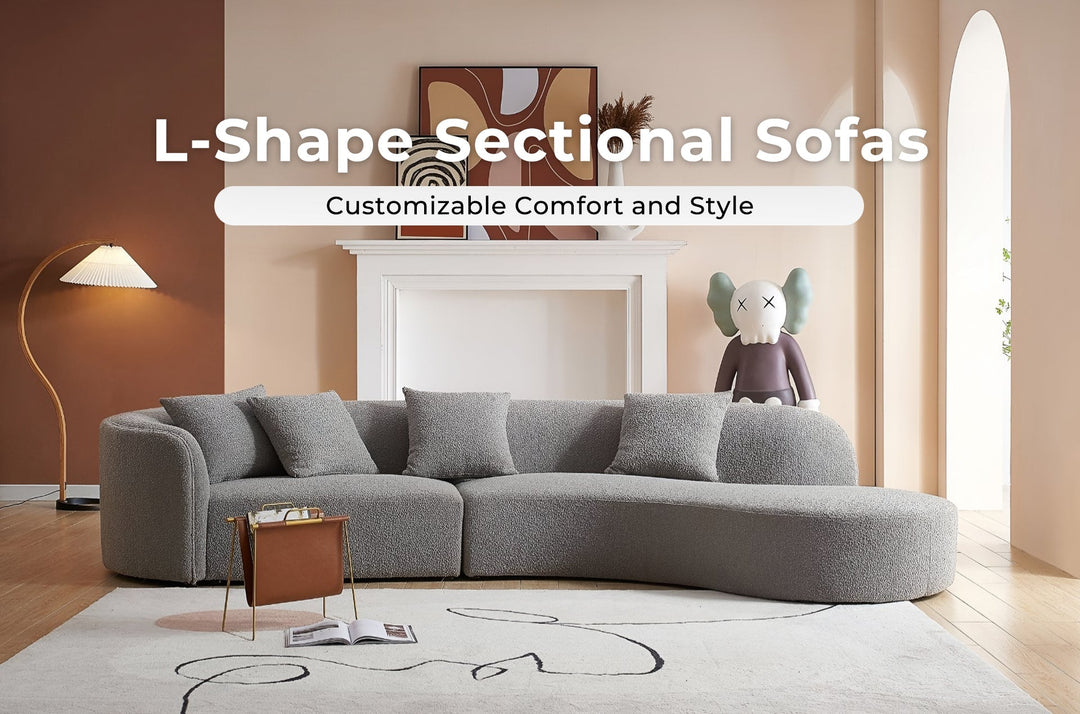

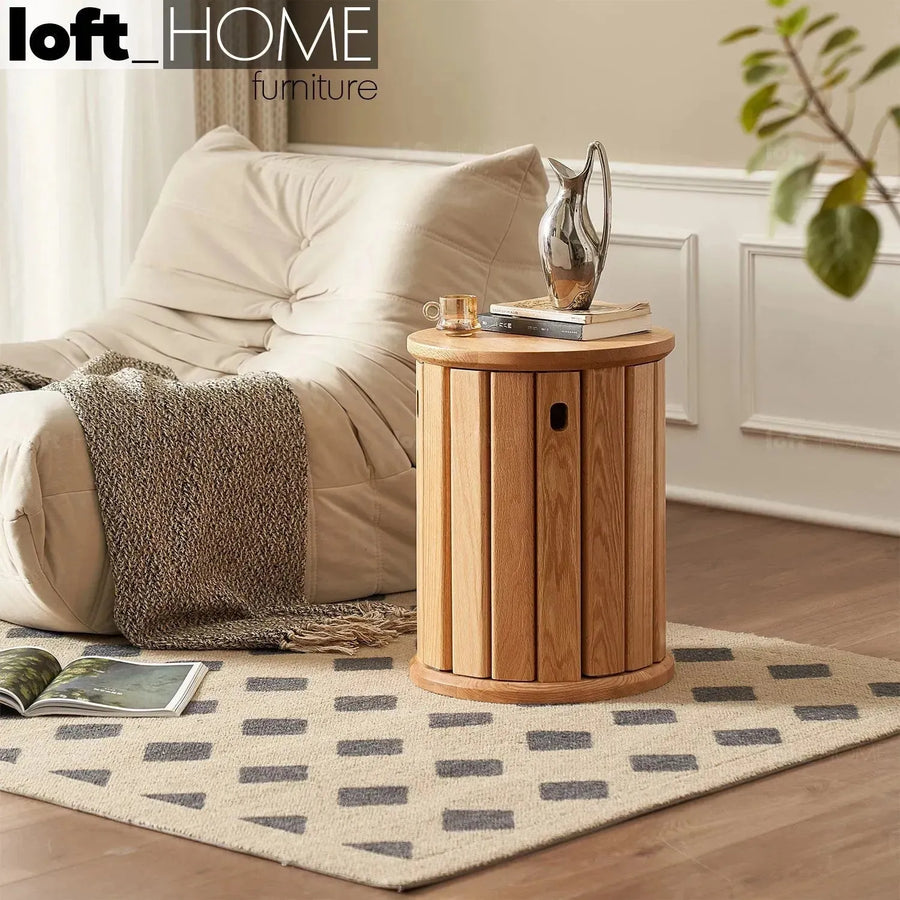
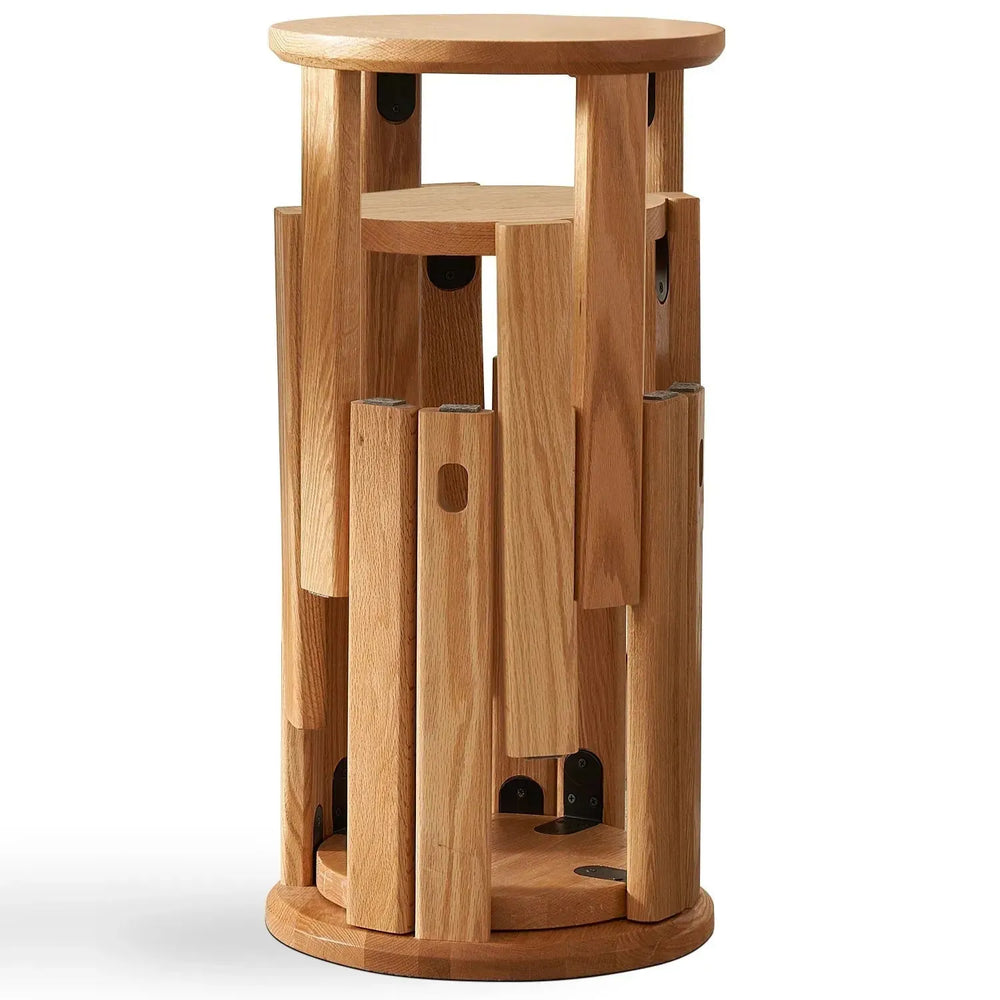

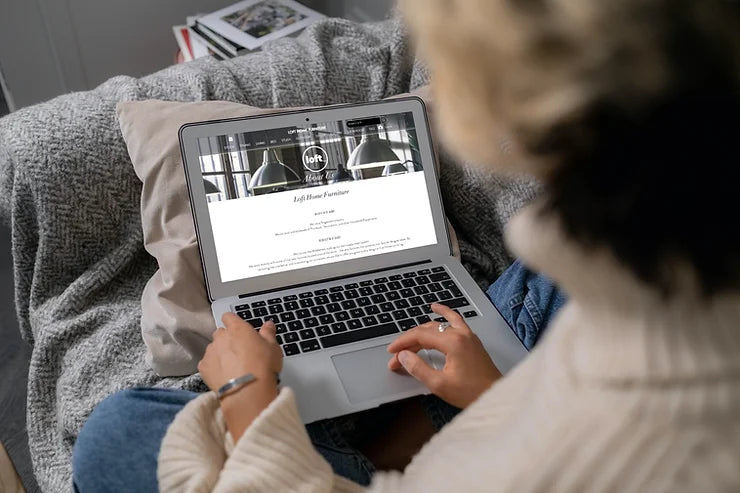

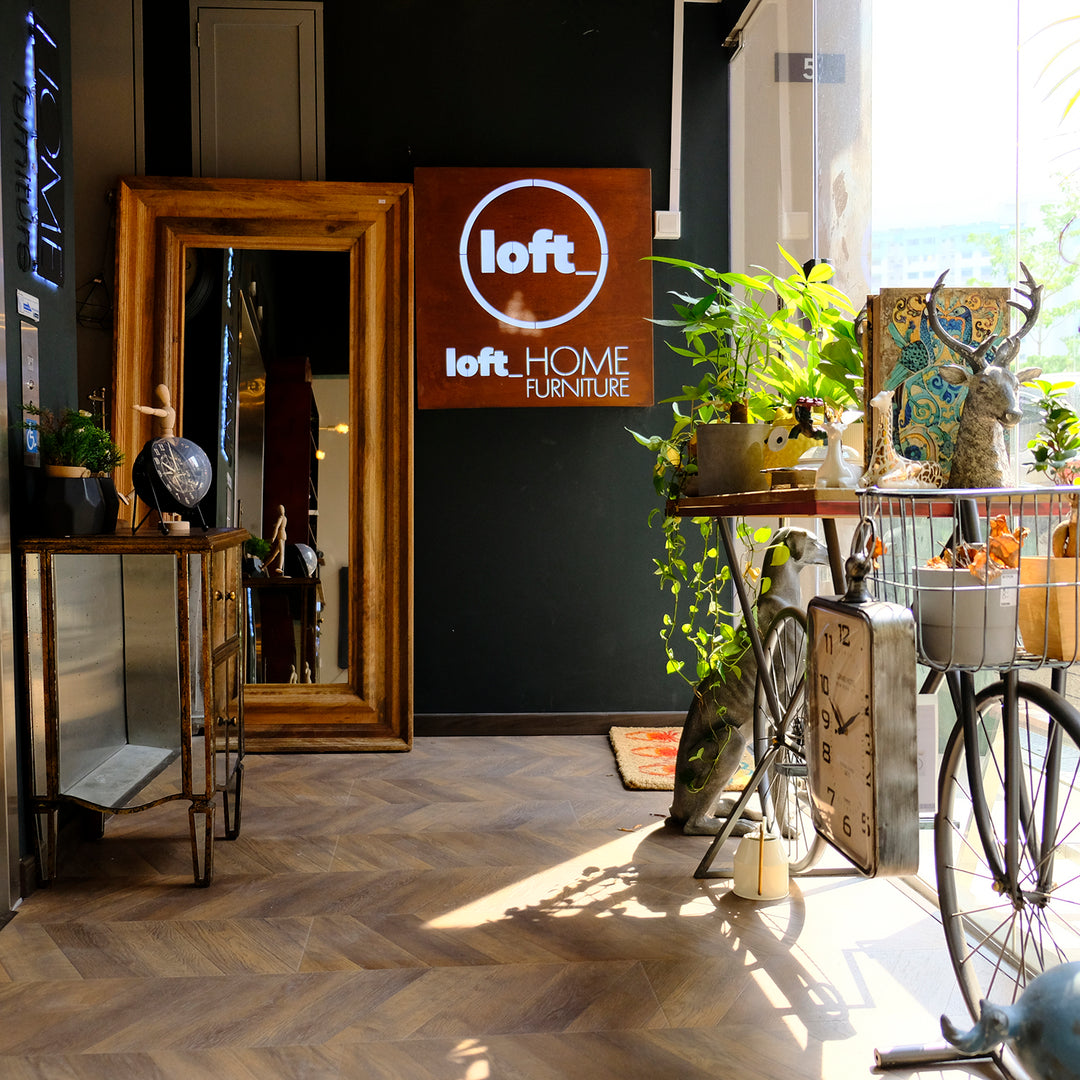
Leave a comment